Egyptian Mythology
-
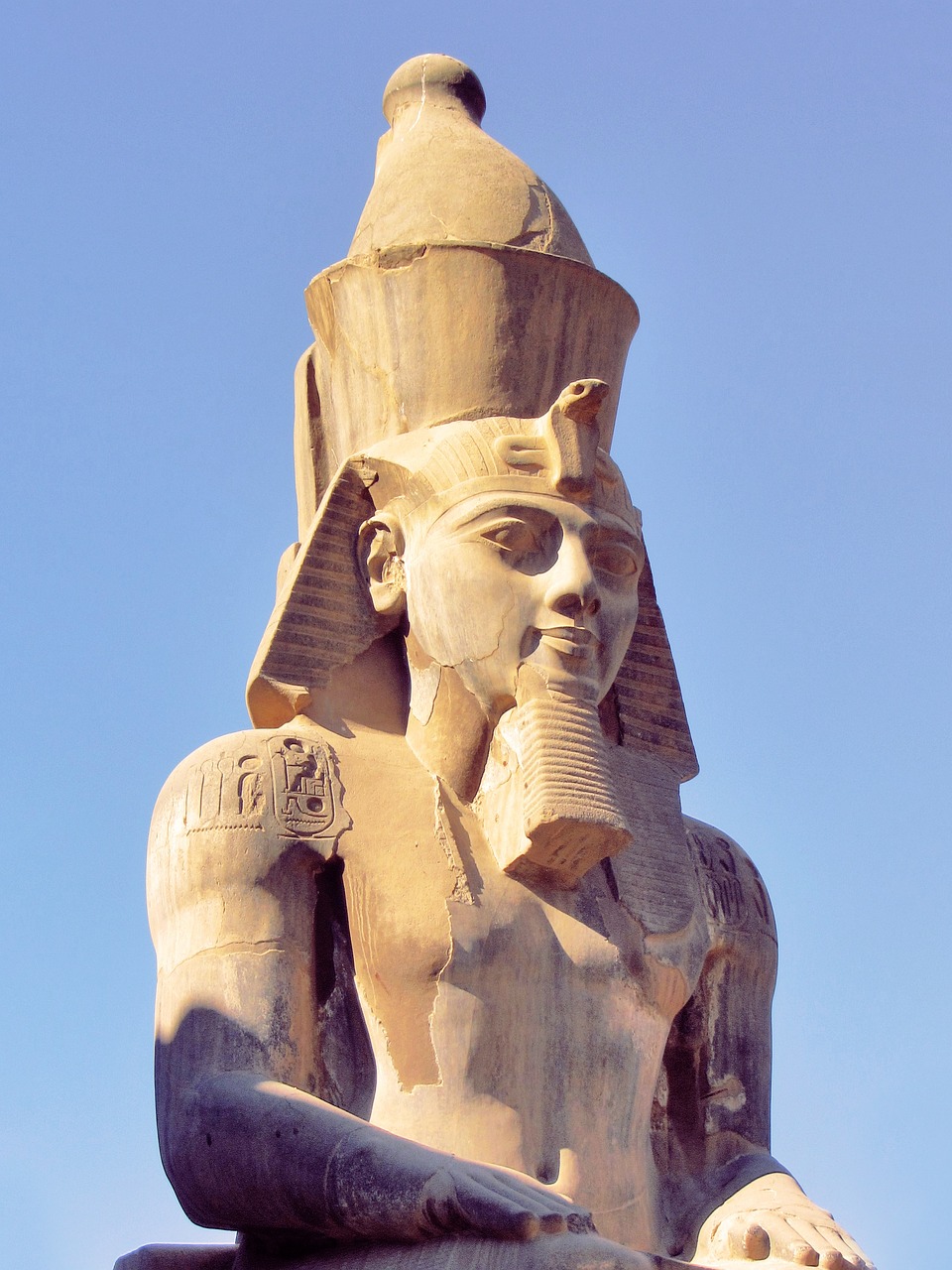
Ancient Egyptian religion encompasses the indigenous spiritual beliefs and practices that evolved within ancient Egypt from its early days in the 4th millennium BCE until the gradual decline of traditional customs in the early centuries CE. For a comprehensive understanding, one can refer to the historical context of Egypt. Nature and Importance Religious beliefs and…
-
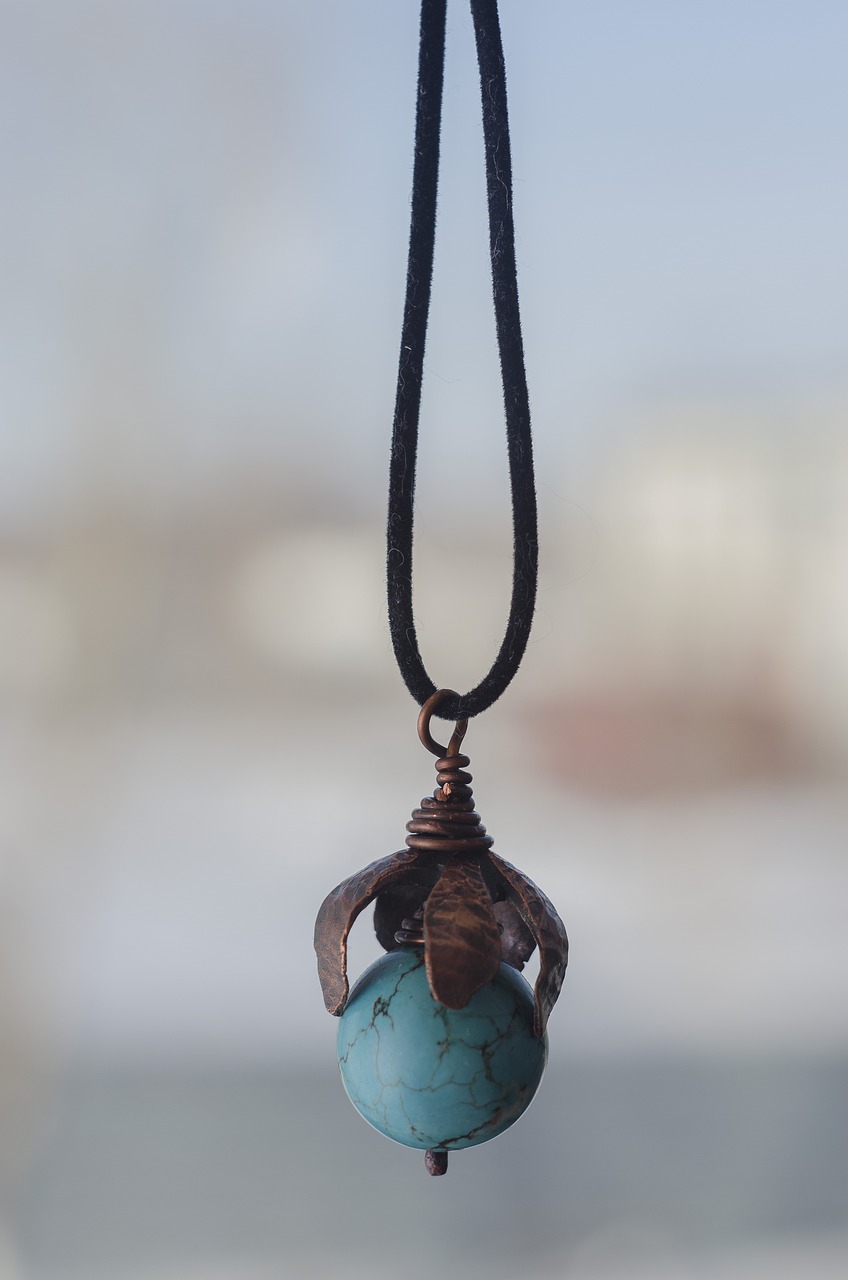
I have greatly enjoyed the art of photographing artefacts in recent years, and many of the objects I’ve captured have been truly delightful. Occasionally, I encounter an artefact that stands out, resulting in images that are exceptionally striking—this was the case when I had the opportunity to photograph a faience amulet of Thoth for the…
-
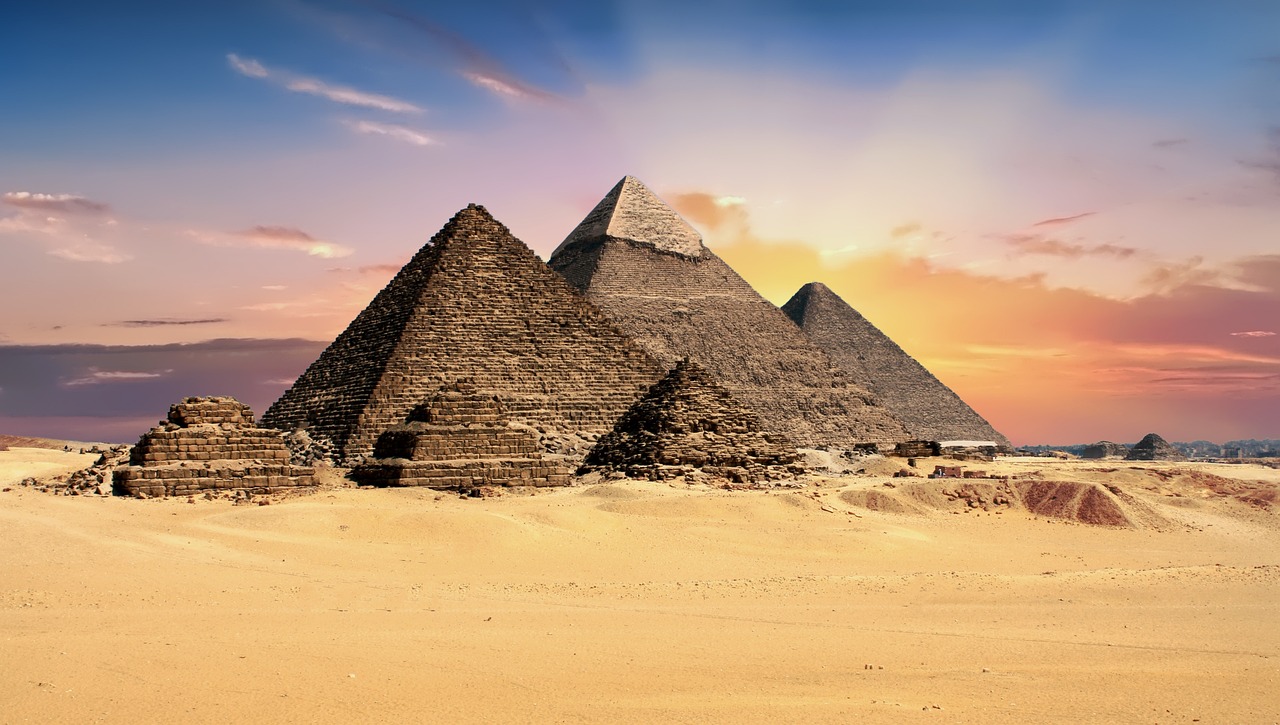
Ancient Egypt is celebrated for its intricate mythology, featuring a diverse pantheon of deities that encompass numerous aspects of existence. Within this array, the goddesses emerge as significant figures, each possessing distinct domains, symbols, and narratives. A profound exploration into the world of ancient Egyptian mythology reveals an intricate storyline surrounding these powerful goddesses, enriching…
-
In the realm of ancient Egyptian deities, Montu stands out as a lesser-known yet significant figure whose essence is intricately linked to warfare and divine avenging. As the God of War, Montu embodies themes of conflict, destruction, and retribution, holding a distinct place within Egyptian lore. Although overshadowed by the more renowned gods like Ra…
-
Renenutet: The Evolution of a Protective Goddess Renenutet, known also by names like Rennut, Thermouthis, and Hermouthis, is an ancient snake-goddess imbued with protective powers whose significance shifted throughout Egyptian history. Her status transitioned from watching over the king to becoming a symbol of agricultural prosperity. She is typically portrayed as a cobra, adorned with…
-
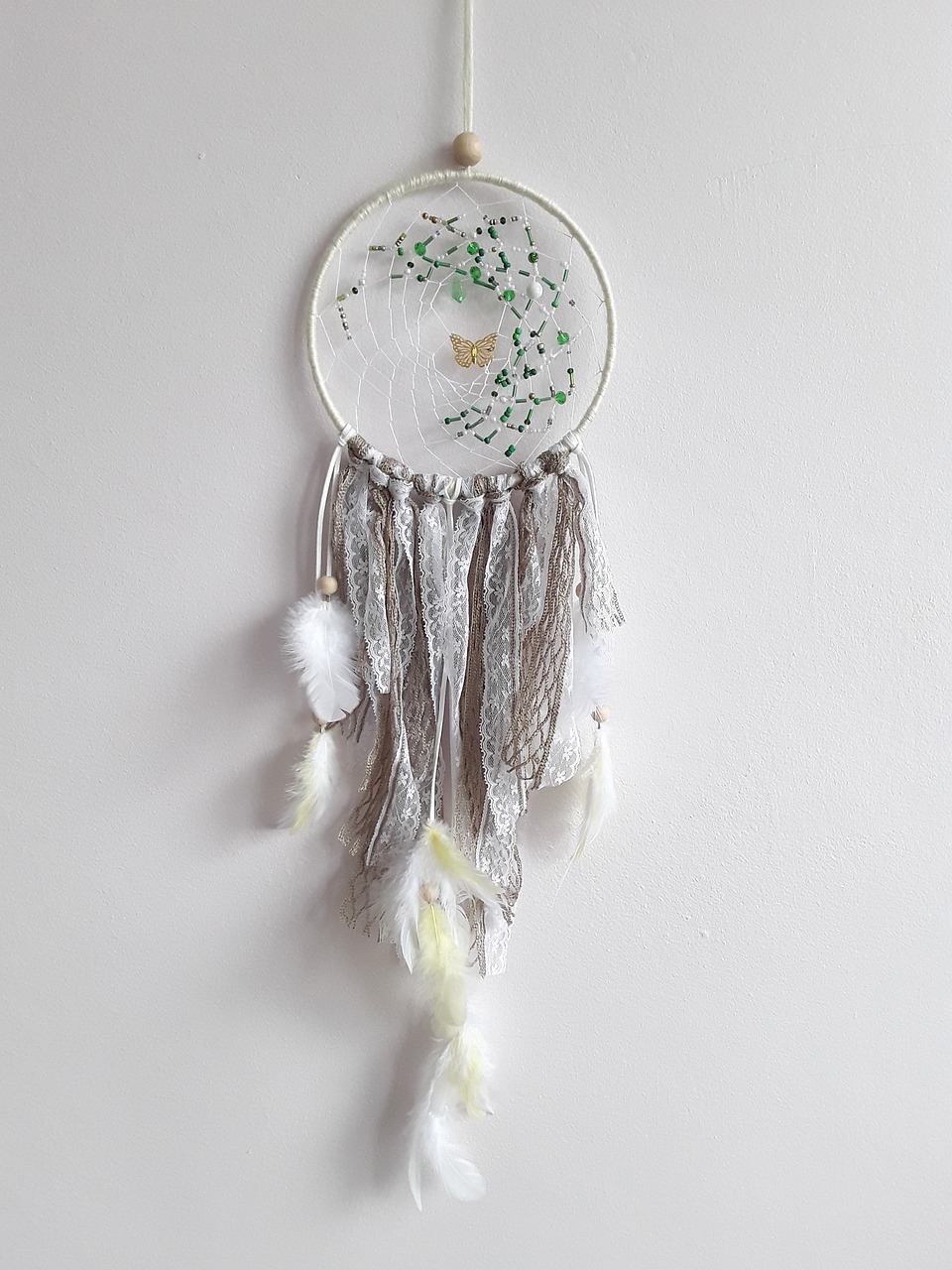
Provenance Until 1907 The item was owned by an unknown party in Egypt prior to 1907. From 1907 to 1919 In 1907, it was acquired by Charles Lang Freer (1854-1919) during his travels in Egypt from the same unidentified owner. From 1920 Onwards The object became part of the Freer Gallery of Art collection, donated…
-
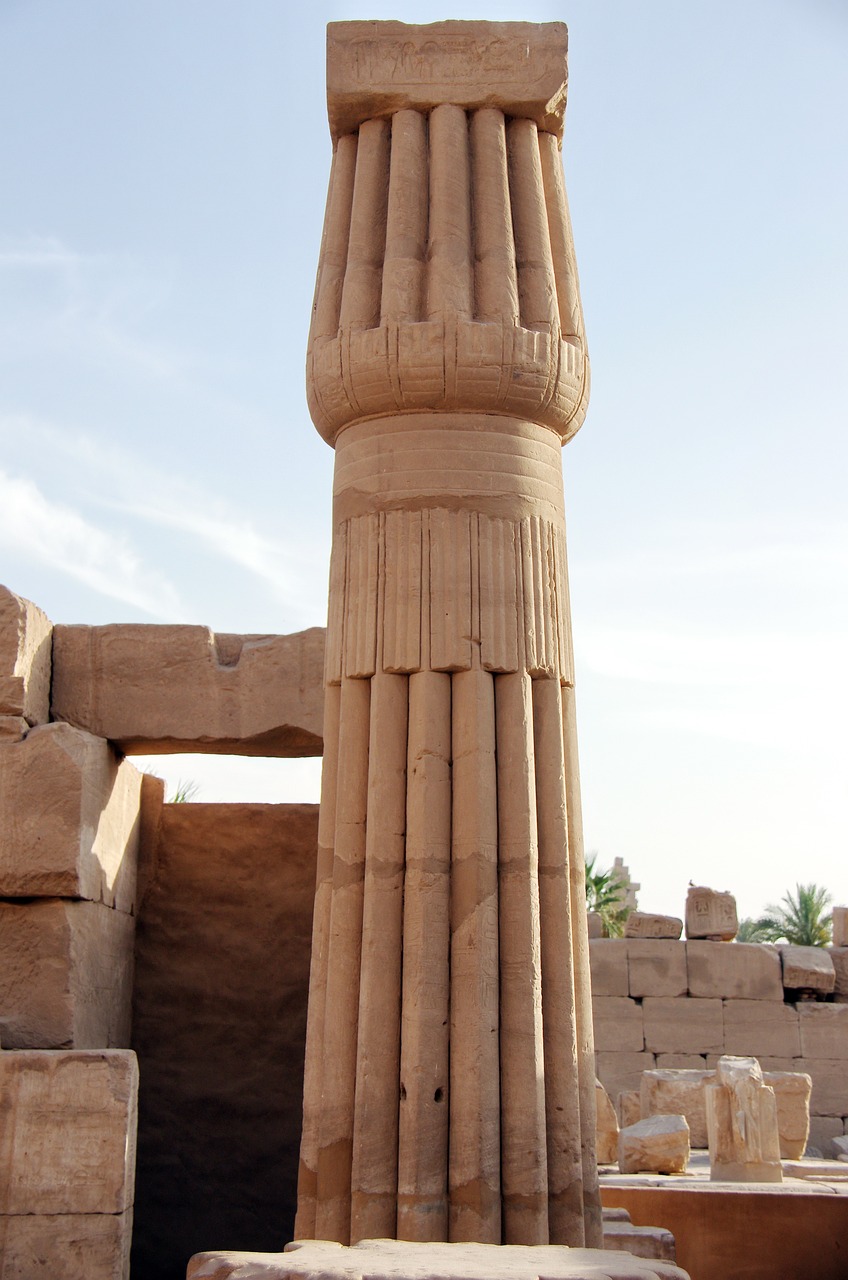
Hieroglyphic writing is a complex system that utilizes characters resembling pictures. These characters, known as hieroglyphs, can be interpreted not only as visual representations but also as symbols for various objects and sounds. The term “hieroglyphic” comes from the Greek word meaning “sacred carving,” with its initial references appearing in the works of Diodorus Siculus…
-
Not every deity in Ancient Egypt was celebrated with grand temples or elaborate state-sponsored rituals. Some, like Bes and Taweret, were more intimately integrated into everyday home life, invoked for safety and protection. Meretseger stands as a notable middle ground; while she had a following among common folk, her realm extended beyond the domestic sphere.…
-
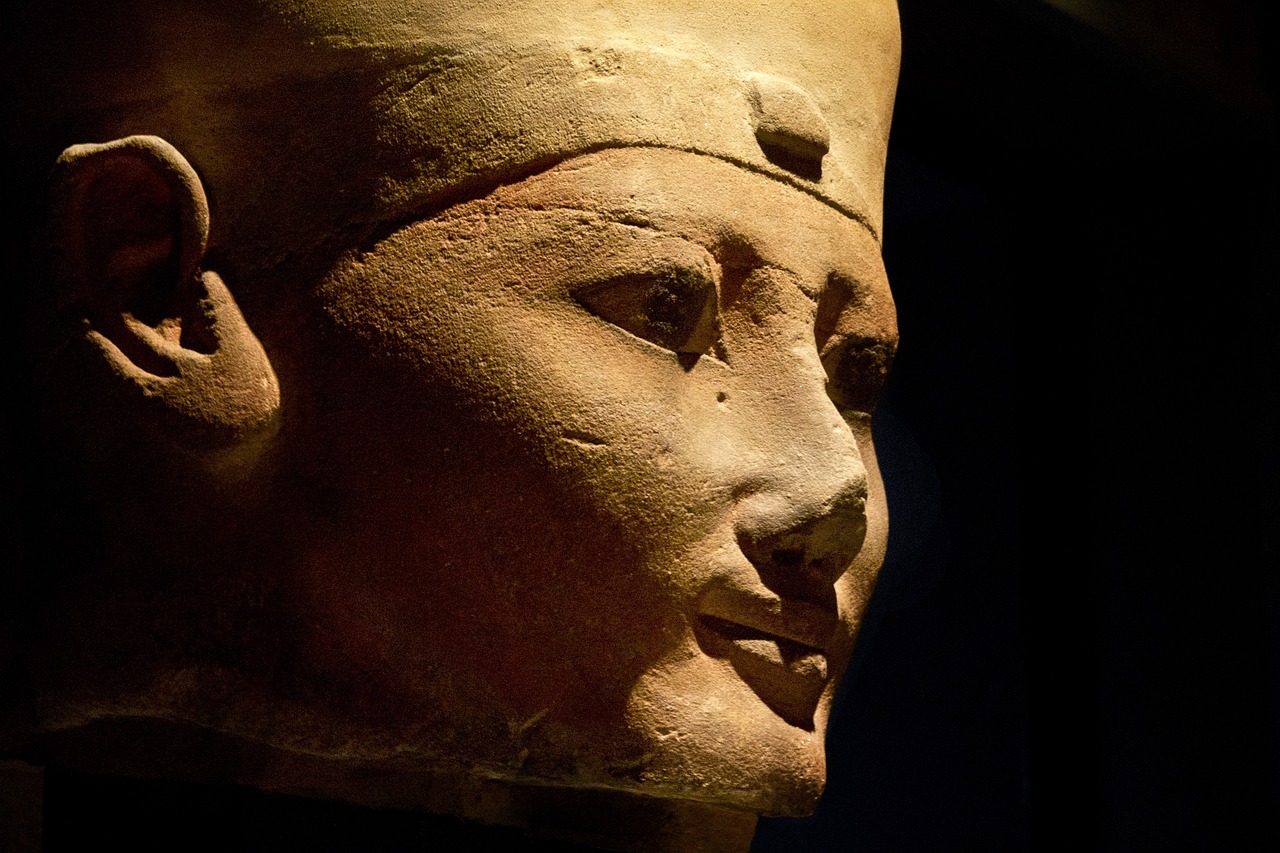
The pantheon of ancient Egyptian deities is rich with figures that embody various elements of both human experience and the natural realm. A particularly significant deity within this grand assembly is the goddess Mut, who symbolizes maternal strength and divine motherhood in the mythology of ancient Egypt. Her myriad forms of influence, extensive symbolism, and…
-
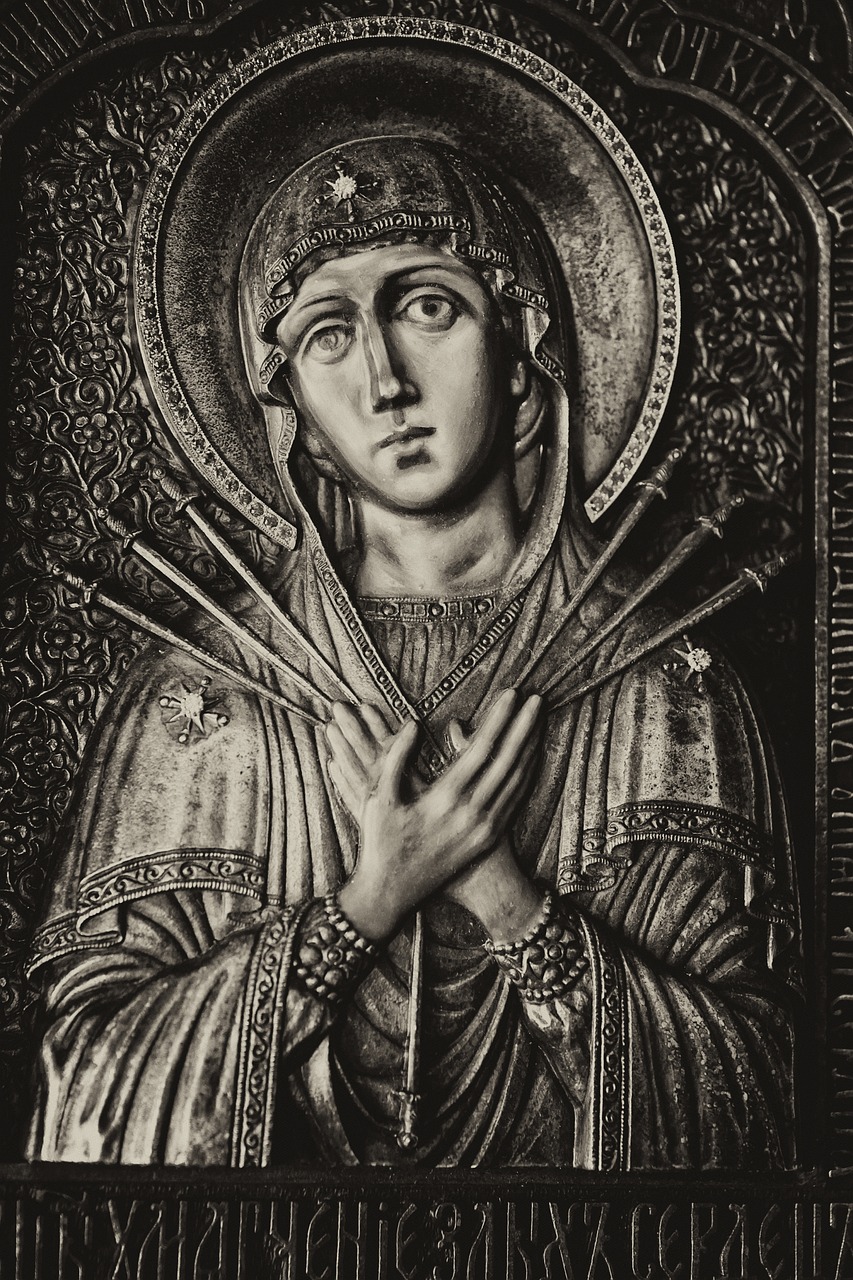
Neith, also referred to as Net, Neit, or Nit, is among the most ancient deities from Egypt, revered since the Pre-Dynastic Period (circa 6000 – 3150 BCE) and continuing her worship throughout the Ptolemaic Dynasty (323 – 30 BCE), the final dynasty before Roman dominion. As a multifaceted figure, she embodies many roles, including that…


